If you have recently bought a vehicle, or you have been driving your car or truck for a while but haven’t thought to check out what kind of tires you have, you may be wondering how to figure out what your vehicle is fitted with.
There are many different kinds of tires, and each has been designed for a different driving purpose, and for differing conditions. One main differentiating factor in tire type is what weather conditions it has been designed for – winter, summer, or all seasons.
If you are unsure what kind of tires are on your vehicle, then read on, as we have some quick and easy ways to help you identify them different types of tires, which is especially important if you are planning on buying new ones.
Fairly easy to identify, winter tires always have a pictogram with a snowflake and mountains on their sidewall. This symbol - called 3PMSF for Three Peak Mountain Snowflake - means that the tire meets international standards for use in harsh winter conditions, making it a safe and reliable tire for anyone who drives in snowy, slippery, and extremely cold conditions. The tread depth of a winter tire is always at least 4 mm, to ensure a longer life in severe winter conditions.
If you are curious about the optimum outdoor temperature range for winter tires, generally, this value is related directly to the rubber compounds used in their manufacturing. If they bear the three-peaked mountain and snowflake logo, it means these winter tires have been tested in winter conditions under 40 degrees Fahrenheit. While this might seem extreme, temperatures this cold do occur in parts of Canada from time to time. Regular winter tires marked with the M+S logo should be installed when the weather dips under 7 °C, or sooner if snow and ice start falling in your region.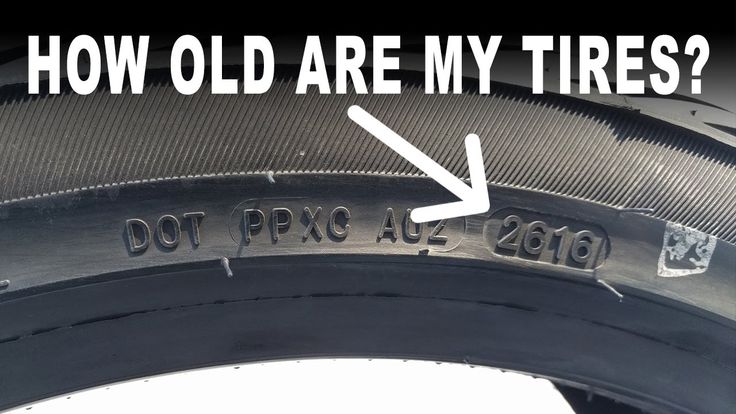
If you are wondering if you have summer tires installed on your vehicle, there are a few features you can used to identify them. Summer tires are not quite as common as say, all-season tires, and tend to be found installed on high performance vehicles such as sports cars, or cars used solely during the summer months, such as vintage cars. Other features of summer tires include:
As you have read, summer tires are best suited for warm weather driving, but you may have questions about what the ideal summer tires temperature range might be. The suggested temperature range for summer tires is when the weather hits above 45 °F or 7 degrees Celsius. In most parts of
Canada, this means that summer tires are best installed near the end of the spring season, or at the beginning of summer – and are taken off and replaced with your all-season tires at the beginning of fall, still depending, of course, on where you live.
The suggested temperature range for summer tires is when the weather hits above 45 °F or 7 degrees Celsius. In most parts of
Canada, this means that summer tires are best installed near the end of the spring season, or at the beginning of summer – and are taken off and replaced with your all-season tires at the beginning of fall, still depending, of course, on where you live.
One of the most popular types of tires is the all-season tire. If you are wondering if those are the ones equipped on your vehicle, then here are a few features to look for:
Because they are called all season, these types of tires can be used all year round, as long as you are driving in average conditions.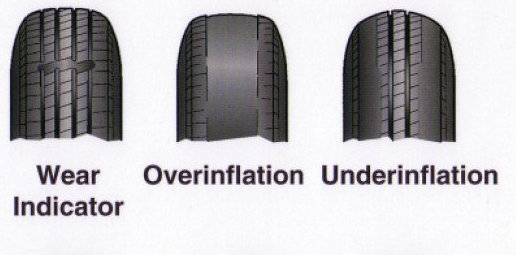 However, if you want to know the temperature range for all-season tires, you should install them when the temperature is between 30 °F and around the freezing mark in Canada of 0 degrees Celsius. These tires will perform well during the winter months, but if you live in a region where you get a lot of snow and ice, or you travel on less well-kept roadways, then you may want to think of putting winter tires on your vehicle when the snowy season begins.
However, if you want to know the temperature range for all-season tires, you should install them when the temperature is between 30 °F and around the freezing mark in Canada of 0 degrees Celsius. These tires will perform well during the winter months, but if you live in a region where you get a lot of snow and ice, or you travel on less well-kept roadways, then you may want to think of putting winter tires on your vehicle when the snowy season begins.
Of course, if you have any questions about what kind of tires to install on your vehicle, or need additional help determining what kind of tires you currently have on your car or truck, it’s best to reach out to a team of tire experts, like the people at blackcircles.ca. Our team is available to answer all your questions on tires, and we can also help find the perfect set of new tires at the best prices in Canada. Just reach out to us by email, phone or use our online chat, and we will be happy to help you out.
discover our best 2021 summer and all season tires
Tires carry a wealth of information on their sidewalls; unfortunately, it's all in code. Most of it is of no concern to many owners, but it can be valuable for those who want to know the seasons for which their tires are intended, those who plan to replace their tires, or new-car buyers who are given a choice of sizes and types.
Apart from the name of the manufacturer and the tire model -- such as Bridgestone Turanza EL 400 -- the following marking, from a Honda Civic, is likely the most prominent.
P simply means this is a passenger-car tire. Other codes include T (temporary, as in a spare tire), LT (light truck) and C (commercial). Not all tires include this letter.
205 (the first number) is the tire's width in millimeters.
55 (the number following the slash) is a measure of the tire's profile -- the height of its sidewall relative to its width -- expressed as the sidewall's aspect ratio in a percentage.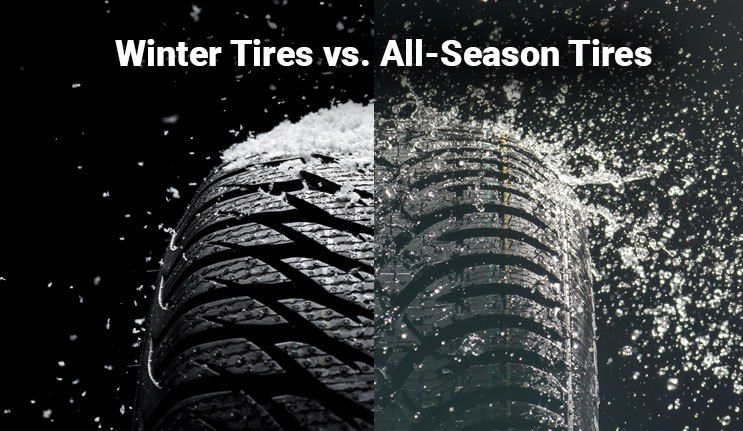 In this example, the sidewall height is 55 percent of the tire's width, which is 205 mm. The number is known as the tire's series; a sporty tire with shorter sidewalls would be considered a lower-series tire. Off-road tires tend to be higher-series, designed to absorb the impact from rough surfaces.
In this example, the sidewall height is 55 percent of the tire's width, which is 205 mm. The number is known as the tire's series; a sporty tire with shorter sidewalls would be considered a lower-series tire. Off-road tires tend to be higher-series, designed to absorb the impact from rough surfaces.
R means it is a radial tire, which describes the way the underlying layers, or plies, are laid out. The radial design is now so pervasive that the R designation is superfluous -- though it conveniently separates the series and diameter numbers. On some performance tires, an additional letter precedes the R: A ZR designation means the tire's maximum speed rating is above 149 mph (see the key below). This is another unnecessary character; all tires provide a letter designation in the service description, explained below. It follows the size code, sometimes in smaller type.
Speed Ratings Letter / Max. MP
N/87
P/93
Q/99
R/106
S/112
T/118
U/124
H/130
V/149
W/168
Y/186
Z*150
*Z is an open-ended rating that means the tire's maximum speed is, at minimum, 150 mph.
16 (the last number) is the diameter, in inches, of the rim on which the tire fits.
89H is the service description. Separated from the main code, it represents the tire's load and speed ratings. This tire's 89 load index represents 1,279 pounds (per tire), and the speed rating of H represents 130 mph. The speed rating is less important in the U.S., where the speed limits are below even the lowest listed rating (N, or 87 mph). In other countries -- and our own, when no one's looking -- people are known to drive 100 mph and above.
M+S stands for mud and snow, indicating that this is an all-season tire. It's not the clearest of the specs, because there aren't other designations for summer and winter tires: Summer tires simply lack the M+S, and winter tires are labeled M+S and add an icon of a mountain plastered with a giant snowflake. (S, AS and W would be better, but what can you do?) Uniform Tire Quality Grade The following three codes, which appear on the sidewall, typically closer to the tire's tread, are part of the National Highway Traffic Safety Administration's uniform tire-quality grading system. Unfortunately, it's not all that uniform: It appears on all-season and summer tires, but not on snow tires, light-truck tires or spares. Further, the rating comes from the manufacturers, whose results might be consistent from one of their products to the next, but whose universality is questionable.
Unfortunately, it's not all that uniform: It appears on all-season and summer tires, but not on snow tires, light-truck tires or spares. Further, the rating comes from the manufacturers, whose results might be consistent from one of their products to the next, but whose universality is questionable.
TREADWEAR 300 TRACTION A TEMPERATURE A
Treadwear: Uses numbers from 100 to about 700. Theoretically, a tire rated 150 would have a 50 percent longer lifespan than a tire rated 100 if used in the same conditions -- driver, vehicle and roads. Soft summer tires tend to have lower treadwear ratings than all-season tires. Winter tires aren't rated, but their soft compounds make for quick wear when driven off snow and ice.
The uniform tire quality grade is located on the sidewall near the tread. Traction: Uses AA, A, B and C, with AA being the best traction on a wet road. The traction measured is straight-line acceleration and braking. This is not a measure of cornering grip or performance on dry surfaces.
Temperature: Uses letter grades A, B and C, with A representing the best resistance to heat buildup and C the least. The friction of a tire on pavement generates heat, and too much heat degrades high-speed performance and can accelerate aging and failure. C is the lowest permissible rating. Temperature ratings correlate to speed, with C representing 85-100 mph, B representing 100-115 mph, and A covering speeds above 115 mph.
Notes: Arguably, the temperature rating -- like the "Z" speed rating -- is redundant, because it's tied to a speed rating that's presented with greater specificity in the service description. However, it's wise not to buy replacement tires with a rating lower than the originals', and it's a lot easier to match one of three temp ratings than it would be the 11 different speed ratings in the service description.
It's impossible to translate treadwear ratings to miles because where and how people drive plays a critical role. That said, if you think your tires wear out too quickly, consider a higher rating. The same goes for traction, but understand that changes in one characteristic typically change others, be it treadwear, noise, ride quality or price.
The same goes for traction, but understand that changes in one characteristic typically change others, be it treadwear, noise, ride quality or price.
Tire Age/Date of Manufacture
Unlike the other, more-prominent specs, the Department of Transportation's Tire Identification Number is of interest to tire owners and buyers alike -- mainly because it includes the week and year of the tire's manufacture, and thus its age. Tire age, not just wear, has become a safety concern.
Found close to the rim, the TIN consists of a series of 10-12 letters and numbers that -- like a vehicle identification number -- are of little use to a consumer. But the last four numbers represent the birth week and year of any tire built since 2000.
DOT h35R YC24 4305
The tire above was manufactured in the 43rd week of 2005. Tires built before 2000 used a three-digit code, where the year was reduced to a single digit. If the tire above were from 1997 rather than 2005, its code would be 437. Would 437 also be the code for a tire made in the 43rd week of 1987? Unfortunately, yes, it would -- and that's why four digits are now used.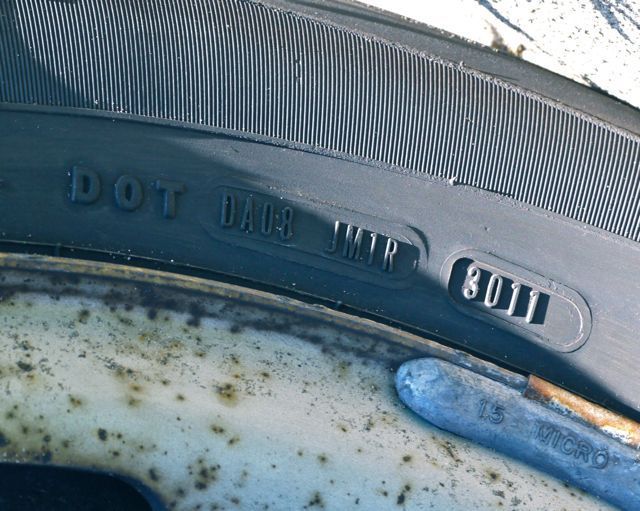
Recently, the effect of tire age on safety has become a concern. Unfortunately, climates and how well a tire is cared for affect its aging, so there are no universal rules. Most tires wear out before age becomes an issue, but some automakers -- mainly German ones -- recommend replacement after six years in service, regardless of wear. Most automakers agree that 10 years is the maximum safe lifespan for any tire, including a spare that has never been used. When buying new tires, it's wise to check their birth date. Treat them like milk: Your family might finish a gallon before its expiration date, but then again, it might not. Why take the chance? For the same money, you should get the freshest milk -- or tires -- you can find. You might wear the tires out long before they're due for retirement, but why buy a set whose clock is already ticking?
What's Not on the Sidewall: The Proper Inflation Pressure
If you look closely enough, you'll probably find a maximum-pressure figure on a tire's sidewall. Don't do it. This is not the recommended pressure for you to use; it's the maximum rating for the tire, irrespective of the vehicle on which it's used. Invariably, it's dramatically higher than the pressure you should be using.
Don't do it. This is not the recommended pressure for you to use; it's the maximum rating for the tire, irrespective of the vehicle on which it's used. Invariably, it's dramatically higher than the pressure you should be using.
New cars present the proper inflation pressures on the driver's doorjamb, as required by law. For more information, see Tire Maintenance.
(C) 2013, Cars.com; distributed by Tribune Media Services
The right choice of car wheels will allow you to move in comfort and safety. Rubber must strictly correspond to the season, road and temperature conditions. Incorrect use of wheels significantly increases the braking distance, the service life of the wheels, and the economy of movement. It is not surprising that manufacturers produce summer and winter tires, and today universal all-season tires are becoming especially popular. It is worth figuring out how to distinguish winter tires from summer tires, and for this you need to study the main characteristics of the wheels.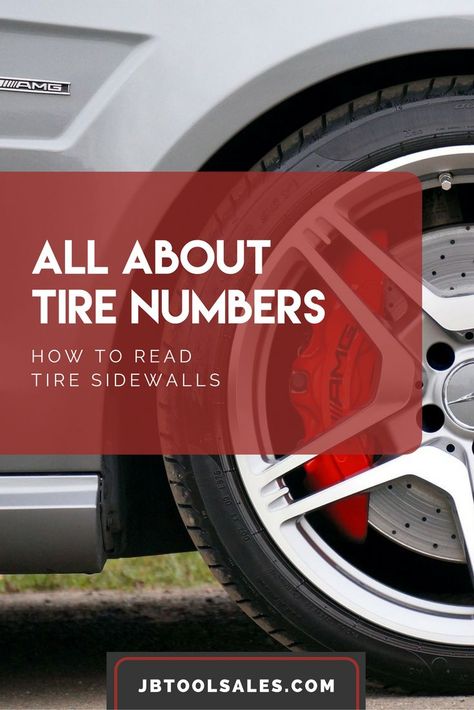
Tires for the cold season are distinguished by a carved and deep tread pattern, which can look like a familiar “herringbone” or chaotic depressions. Lamellas or zigzag cuts on the tread are the virtues of winter tires. It is they, as well as checkers and deep grooves, that provide effective removal of snow and water, increase the coefficient of adhesion on the road. There are two main types of tread pattern for winter:
Scandinavian - the pattern is sparse, the checkers are staggered and look like rhombuses, there is a noticeable distance between the elements of the pattern;
European - the pattern is located diagonally, the network of channels is well developed, powerful lugs are located on the periphery of the tread, there are a large number of thin slots - lamellas on the surface.
Summer tires have shallow tread grooves designed to expel water, the number of sipes is kept to a minimum. There is no micro-pattern in the wheels for summer.
Spikes are another criterion of seasonality. There are no summer studded tires, and winter studding should be chosen carefully. The studs are designed for driving on ice, providing good grip where other wheels slip. They should not be located in two rows on the sides of the tires - this will not shorten the braking distance at all, and the spikes themselves will fly out after several trips. High-quality studding suggests an asymmetric or snake-like arrangement of spikes.
In addition, rubber for winter tires is softer and more elastic, it is visible to the naked eye for an experienced driver. This is easy to determine even by touch, since there is an order of magnitude more rubber in the rubber compound, which allows the tires not to freeze at low temperatures. Summer tires, on the contrary, are more elastic - there is less rubber in them, because in the heat soft tires “float” and do not hold the road. For safety reasons, summer tires are resistant to wear and high temperatures.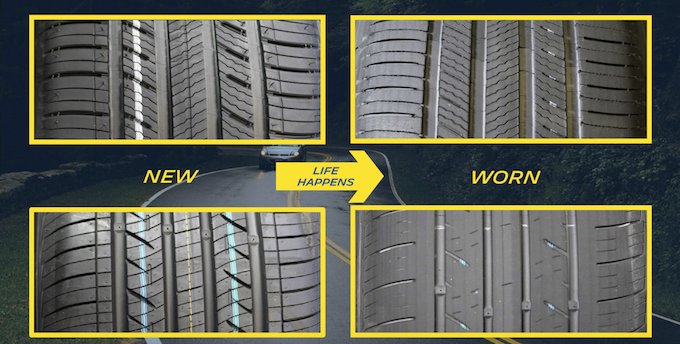
During operation, winter tires warm up and therefore do not lose their elasticity and softness. On winter snowy or icy roads, this provides maximum grip, effectively shortening the braking distance. Summer tires cool down at speed, becoming more shaped and firm.
An important quality of rubber, which makes it possible to distinguish between summer and winter tires, is the maximum permissible speed. In winter, even on the highest quality roads, it is not recommended to drive faster than 140 km / h; summer tires are more democratic in this matter.
Despite everything, even a novice driver will be able to determine the seasonality of tires by special designations used by manufacturers. The letters M + S (mud and snow), as well as W (Winter - winter) guarantee comfortable driving in snow and mud, in some cases MS is the marking of all-season tires. Also, an image of the sun (for summer) and snowflakes (for winter wheels) is applied to the side surface of the wheels.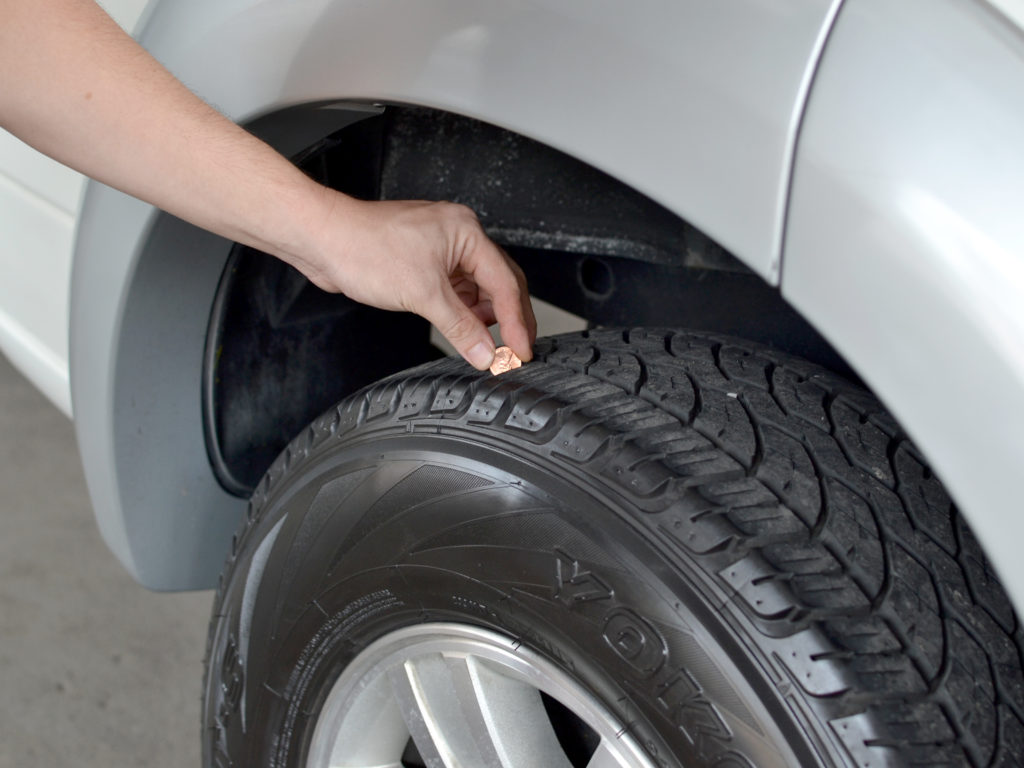 It is important to know that there is no special letter designation for summer tires.
It is important to know that there is no special letter designation for summer tires.
Rubber provides grip on the road and transfers engine power to the asphalt. It is important to choose the right kit for your car so that the operation of the car is as efficient as possible. Each set has such a parameter as tire seasonality. Next, information will be provided on all-season tires, the features of their marking and the properties of this rubber.
In order to identify all-season tires by marking, such tires have an additional designation in the form of the letters M + S. The abbreviation Mud+Snow means that the kit provides reliable traction in difficult weather conditions. In addition, all-season tires are indicated by the symbols 4S, AS or AW (4 Season, All Season or All Weather).
However, it should be understood that, in fact, all-season tires lose to winter tires at low temperatures and lag behind summer tires at serious air temperatures.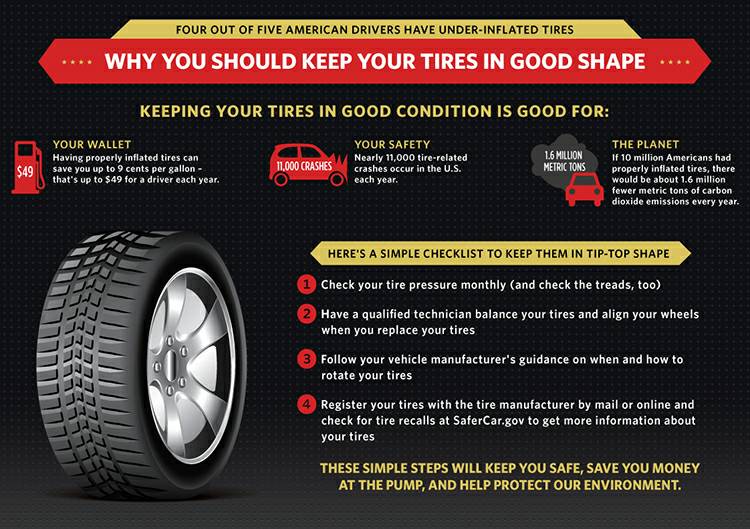 In fact, these tires are considered rather off-season.
In fact, these tires are considered rather off-season.
Contents:
Various sets of seasonal tires are offered for the car, which differ in their characteristics and composition. Tires for the winter are made of soft grades of rubber, which will allow the tire not to tan. In addition, such products have a developed tread pattern and a high profile, which allows you to cling to snow porridge and effectively drain water.
The difference between summer tires in hard rubber. This tire perfectly tolerates high loads and does not melt while driving, confidently clinging to the surface.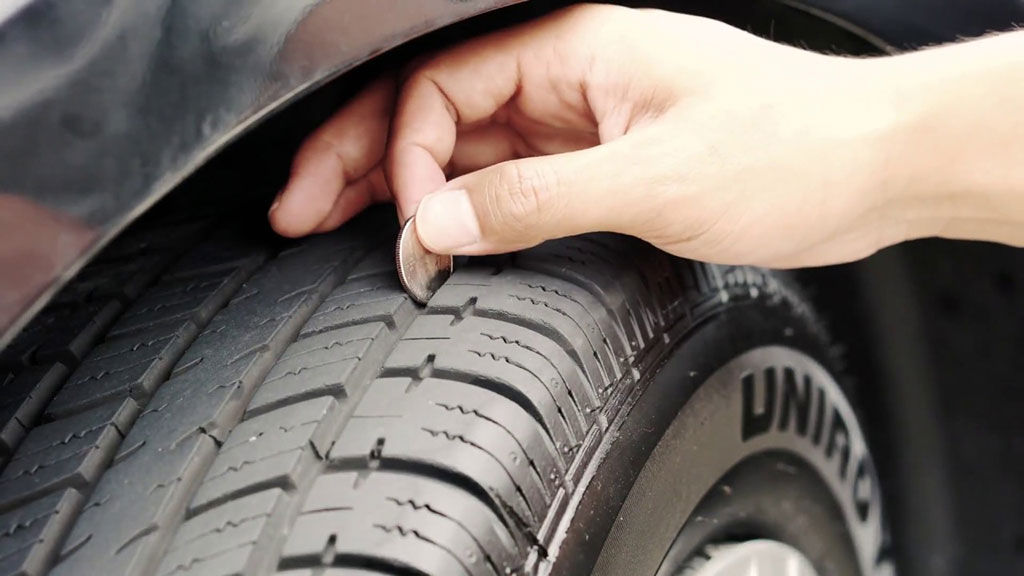 The profile height is small, and the contact patch with the road is the most extensive. However, in low-temperature conditions, it hardens and does not provide proper grip, which results in a long braking distance.
The profile height is small, and the contact patch with the road is the most extensive. However, in low-temperature conditions, it hardens and does not provide proper grip, which results in a long braking distance.
Each set has a concept of tire seasonality. Despite the fact that tires of a certain composition are labeled as all-season tires, such a set is demi-season tires. These all-season tires have a softer rubber compound. In summer, the all-season will overheat and “float”, which will lead to premature wear.
In case of extremely low temperatures, tires will lose to their winter counterparts. Such kits work most effectively at near-zero levels, providing proper grip on cold asphalt, slush or rain. In such conditions, rubber can be used, but it is not worth riding it all year round; it is worth putting profile shoes for the winter or summer season.
Each set has its pros and cons. All season tires are no exception.
Benefits:
Disadvantages:
It is mandatory to have regulated inscriptions on the side surface of the tire. The logo and the name of the rubber manufacturers, as well as the name of the brand, are printed in large letters. Some car manufacturers may recommend certain brands as the most suitable for the model. This is what Chevrolet or VAZ do.
The tire size is also marked on the sidewall. There is a European type of marking. For example, readings 205 * 35 * R17 make it clear that the width of the tire is 205 mm, the profile height is 45, and the inner diameter is 17 inches. The letter r means that we have a shoe with a radial cord weave.
There is a European type of marking. For example, readings 205 * 35 * R17 make it clear that the width of the tire is 205 mm, the profile height is 45, and the inner diameter is 17 inches. The letter r means that we have a shoe with a radial cord weave.
The American method is similar to the European one, only there are additional letters in front of the numbers, which indicate the "orientation" of the rubber (P - Passanger, LT - Light Track). There is another way in which the standard size is indicated, where the values \u200b\u200bare given in inches. For example, if there is a number 29 * 11 * R18 on the side, its decoding will mean the following:
Another mandatory parameter is the speed index. This is a letter designation that indicates that the car can move at a given speed for several hours. The closer the letter is to the end of the Latin alphabet, the higher this indicator.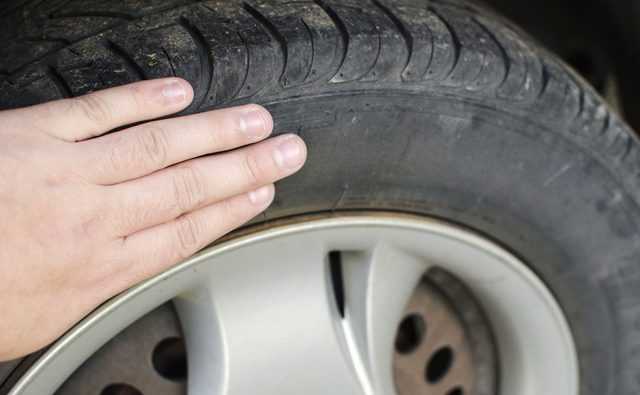 Now the most common are kits with indices S, T, U, H V or W, allowing you to reach speeds of 180-190-200-210-240 or 260 km / h, respectively.
Now the most common are kits with indices S, T, U, H V or W, allowing you to reach speeds of 180-190-200-210-240 or 260 km / h, respectively.
Together with the speed category, tire manufacturers put down two more numbers - the maximum load index. This parameter means that the tire is capable of driving under the specified weight on one wheel, subject to maximum pressure. The indicator is indicated in kilopascals closer to the inner radius.
The higher the value, the greater the load that the wheel can carry. The minimum value in the industry is 1 - 46.2 kg per wheel, and the maximum figure is 279 - 13.6 tons per cylinder.
Sometimes the marking of all-season tires can be supplemented with various badges. Among the additional designations you can find the inscription "Retread". The fact is that some sets are subject to repair and the mixture is re-fused on them and the tread is cut. Remanufactured products bear this designation.![]() Riding on such rubber does not threaten anything, however, the tire bought by the driver will wear out a little earlier. Fortunately, the price is cheaper.
Riding on such rubber does not threaten anything, however, the tire bought by the driver will wear out a little earlier. Fortunately, the price is cheaper.
Some car tires and rims do not fit together, with fundamental differences in design. So, if you are going to change the tires of a car with your own hands, it is worth remembering that chamber kits must be installed on the corresponding wheels with the designations LK, GK or RK. The symbols LB, GB or RB indicate a combination with tubeless type kits (TubeLess).
Tire installation regulations govern the presence of colored markings. If there is a yellow triangle icon on the sidewall, then this is the lightest part of the rubber. All that needs to be done is to align it with the label on the disk. The red dot indicates the hardest point and should also be aligned with the L mark on light alloy wheels.
Be sure to mark the tire with four digits indicating the date of manufacture of the kit.